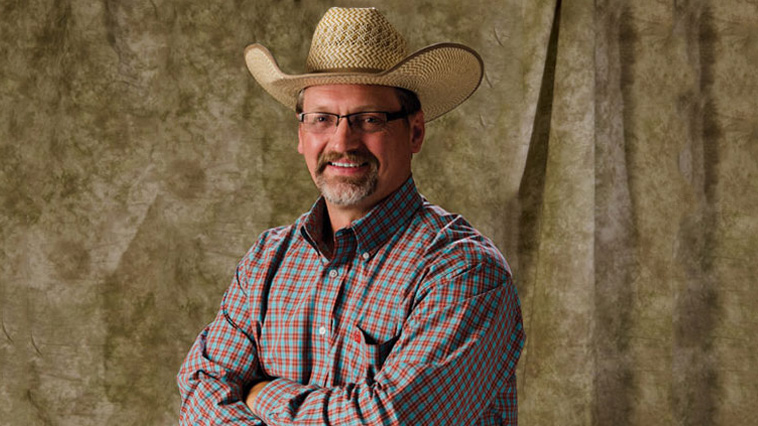


By Billy Smith
Charles Dickens stroked the parchment with pen and ink a continent away and 25 years from the earliest days of the Fort Worth Stockyards when he cobbled together his famous work “Hard Times.” It colored the degenerative conditions of 1850s English society.
Unconsciously, he elucidated the vibe of a future Fort Worth Stockyards that man and beast alike would experience decades later. Drovers would imbibe. Longhorns would tromp. Horses would whiney and mules would bray, all treading across the iconic Thurber red bricks.
Or, as Dickens described:
By the place where Rachel lived, though it was not in his way; by the red brick streets; by the great silent factories, not trembling yet; by the railway, where the danger-lights were waning in the strengthening day; by the railway’s crazy neighbourhood, half pulled down and half built up; by scattered red brick villas, where the besmoked evergreens were sprinkled with a dirty powder, like untidy snuff-takers; by coal-dust paths and many varieties of ugliness; Stephen got to the top of the hill, and looked back.
From the compacted iteration of the red clay below emerged the red brick streets or the “Thurbers” as some locals call the ubiquitous paved streets of the Stockyards. The moniker is a tribute to Thurber, Texas, a now unfrequented location lost between Fort Worth and Abilene. Armed guards once patrolled the fence that entombed Thurber and aimed at keeping union agitators out. They failed and some of the Stockyards’ bricks bear the triangular marking of the Brick Tile & Terracotta Workers of America. For the American Paint Horse Association, the brick streets are a monument to a future and a bold gesture to a past that includes an amalgamated, pilloried town whose inhabitants forged the brick jewels that make up our home.
Bricks share a commonality with the kind of folks I like the most—a little rough around the edges but infused with honesty and courage. Perhaps it’s because seeing a brick street is a reminder that a human delicately placed each cube—a blue-collar, rough-scrabble and calloused-handed mortal who worked hard and long and occasionally stared down the street like Stephen through the ripples of a red brick thoroughfare he built himself.
No one builds monuments to those sorts of people. The working class build their own. Whether you drive or walk on a brick street, it’s still a magnum opus. Brick streets like those in the Fort Worth Stockyards are bumpy, physical monuments to a time gone. Just like in Dickens’ day and before the end of 2019, they’ll be the home of APHA.
By the place where drovers halted, as it was squarely in his way; by the red brick streets; by the great slaughter house, not palpitating yet; by the railway turntable, where the porcelain-shaded green lights gave themselves to the flexing sun; by the cattle pens and horse stalls, half brand new and half nicked up; by raucous bars where the brooding oaks reached their gnarly fingers, like lurking snakes; by hay-dust paths and many varieties of coarse handsomeness; the drover got to the top of the hill, and looked back.
##
This column appeared in the Spring 2019 issue of Chrome.
SHARE THIS